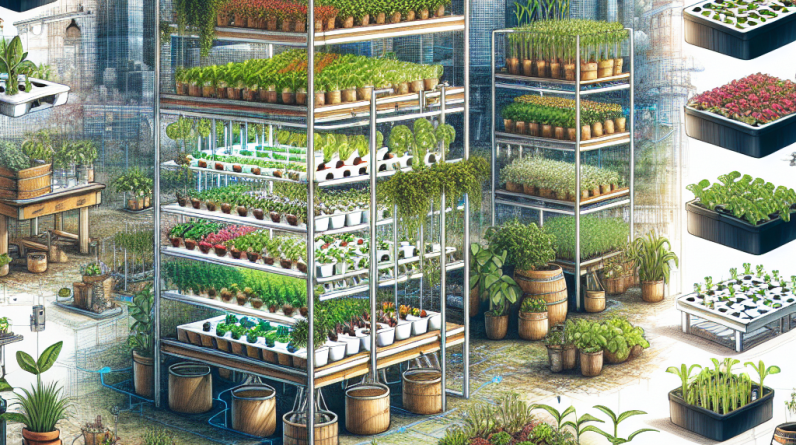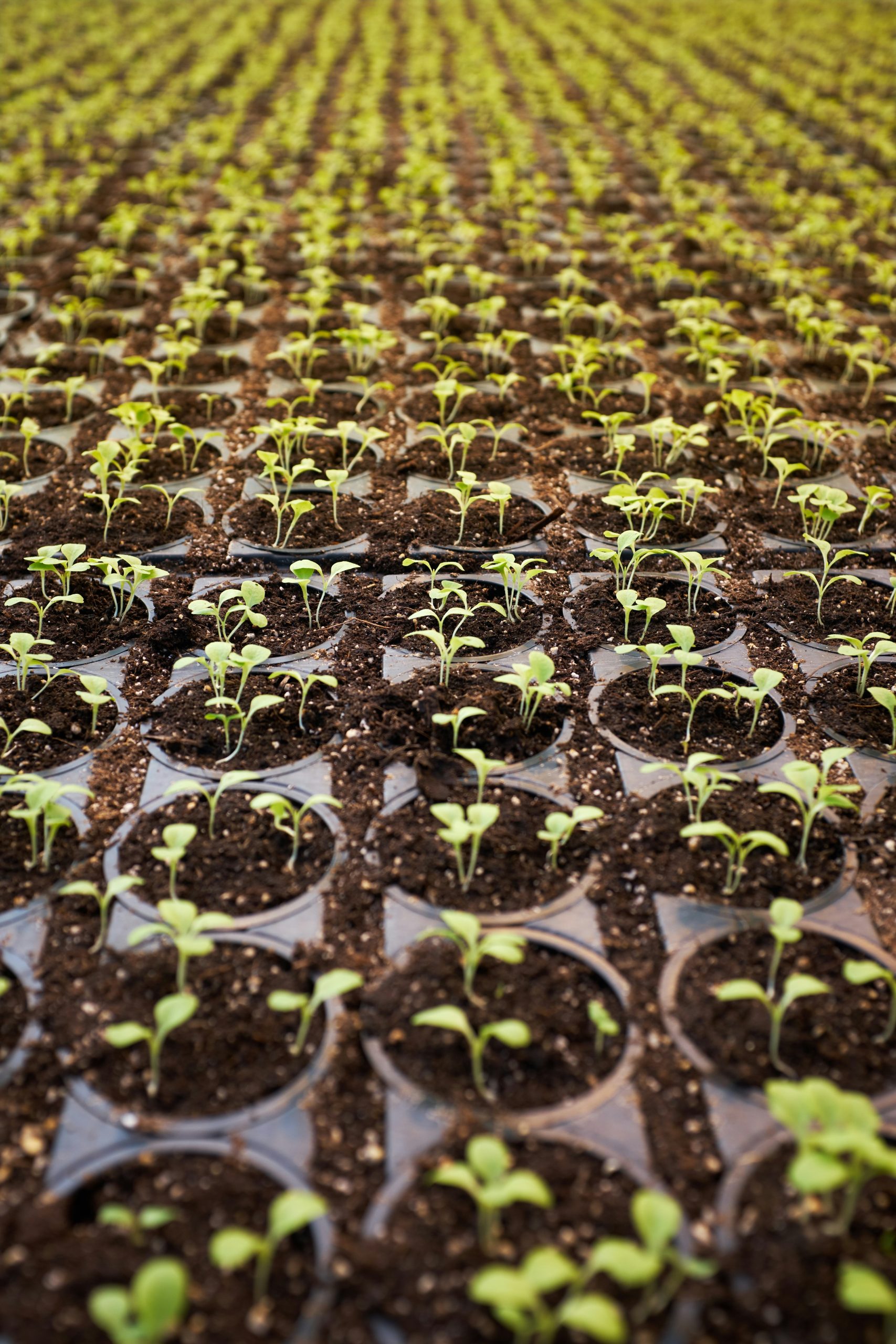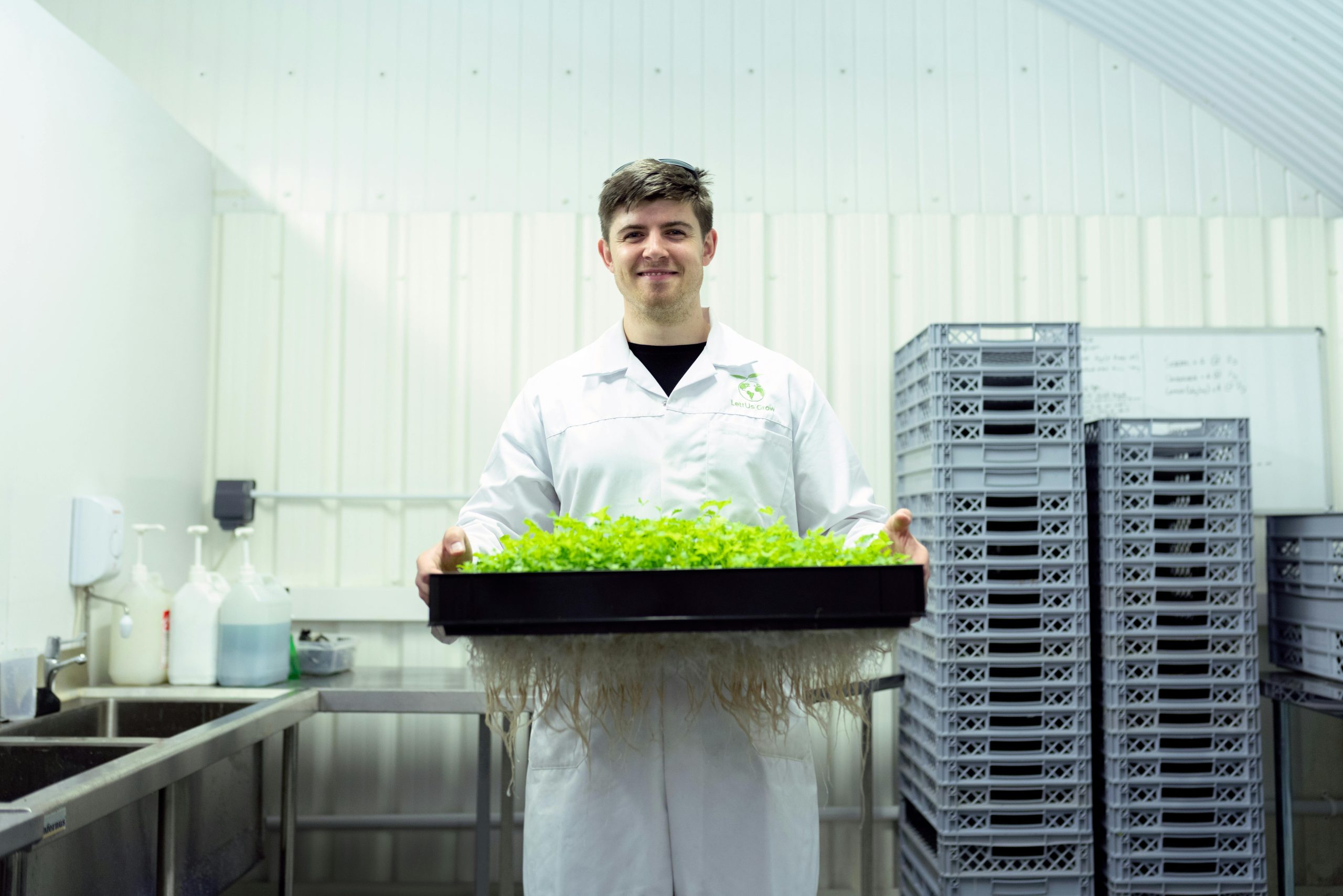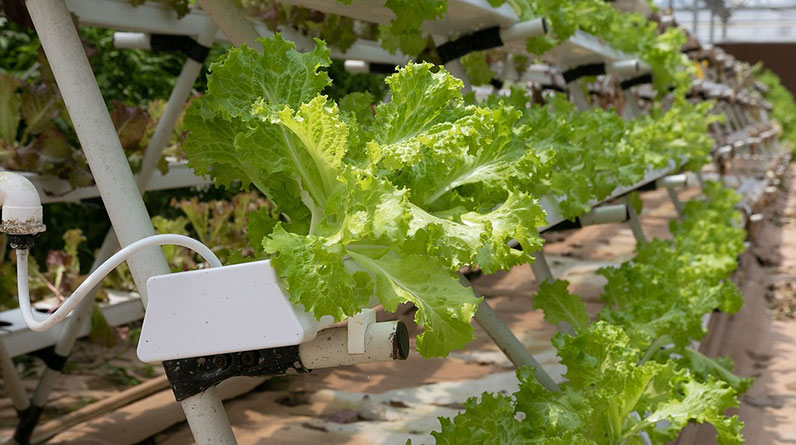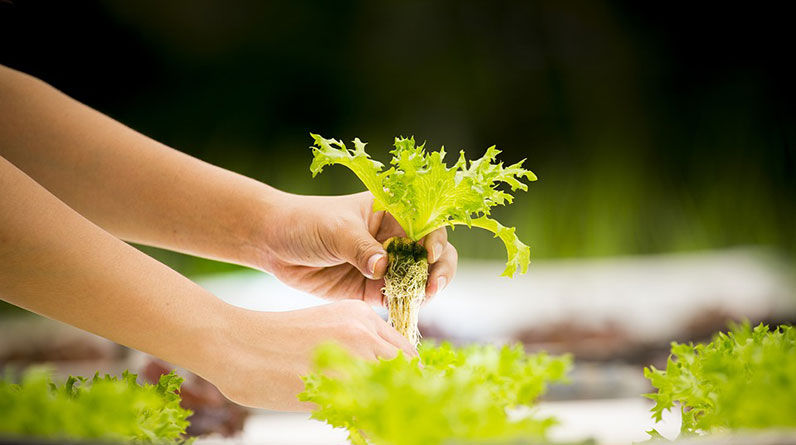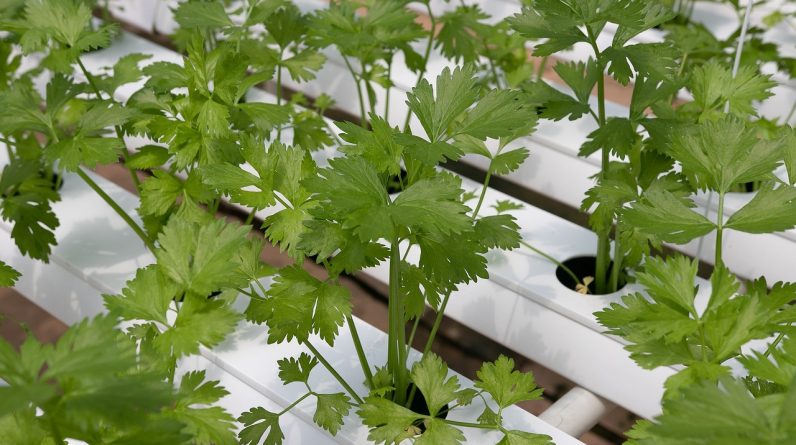
- 1. Regular System Checks
- 2. Maintain Optimal pH Levels
- 3. Clean and Sanitize Your Equipment
- 4. Monitor Nutrient Solutions
- 5. Manage Water Temperature
- 6. Inspect Plants Daily
- 7. Prune and Support Plants
- 8. Control Pests and Diseases
- 9. Keep Proper Lighting Conditions
- 10. Keep Detailed Maintenance Records
1. Regular System Checks
Why Consistency is Key
Regularly inspecting your hydroponic system is fundamental for successful maintenance in 2025. By checking for leaks, blockages, or equipment malfunction, you can prevent small issues from escalating into major problems. Consistent system checks ensure your plants receive the proper nutrients and water flow they need to thrive.
For example, I personally schedule a quick system inspection every morning. This habit helps me identify clogged pumps or misaligned tubing before they impact plant health. Staying proactive reduces downtime and keeps my hydroponic garden running smoothly.
What to Look Out For During Checks
Focus on vital components such as pumps, grow trays, and water reservoirs. Look for signs of wear, algae buildup, or algae growth, which can hinder efficiency. Check your water levels regularly and ensure that your system’s filters are clean.
By maintaining a checklist, you not only streamline your routine but also create a comprehensive record that can be useful for troubleshooting or future improvements. Consistent inspections form the backbone of effective hydroponic garden maintenance in 2025.
2. Maintain Optimal pH Levels
Why pH Balance Matters
In 2025, understanding and maintaining the correct pH level in your hydroponic nutrient solution is more crucial than ever. Most plants thrive in a pH range of 5.5 to 6.5, allowing for optimal nutrient uptake. A pH imbalance can lead to nutrient deficiencies or toxicities, which stifle plant growth.
In my experience, monitoring pH daily is a game-changer. Using reliable pH meters or test kits helps you stay within the ideal range. Small adjustmentsâlike adding pH Up or Down solutionsâcan keep your plants healthy and productive.
Tools and Techniques for pH Management
Invest in digital pH meters for quick, accurate readings. Remember to calibrate your device regularly to ensure precision. When adjusting pH, do so graduallyâabrupt changes can shock plants and disrupt their nutrient absorption.
Maintaining proper pH levels contributes significantly to the success of your hydroponic garden maintenance routine in 2025, ensuring lush, healthy growth.
3. Clean and Sanitize Your Equipment
The Importance of Cleanliness
In 2025, sanitation remains a vital aspect of hydroponic garden maintenance. Dirty equipment can harbor pests, algae, and pathogens that threaten your crops. Regular cleaning prevents build-up and maintains the efficiency of pumps, reservoirs, and grow trays.
I recommend cleaning your system thoroughly at least once a month. Use non-toxic cleaning agents, and ensure all residues are rinsed thoroughly. Preventing disease and pest infestation starts with a clean environment.
Practical Cleaning Tips
Disassemble parts carefully and scrub with brushes suited for small equipment. For stubborn algae or mineral deposits, consider vinegar or specialized cleaning solutions designed for hydroponic systems.
Keeping your equipment clean is one of the most straightforward yet impactful aspects of hydroponic garden maintenance in 2025. It prolongs equipment lifespan and ensures your plants remain healthy.
4. Monitor Nutrient Solutions
Ensuring Nutrient Balance
Nutrient solution management is at the heart of hydroponic garden maintenance. In 2025, smart sensors and IoT integration allow for real-time monitoring of nutrient levels. Regularly checking and adjusting your solutions ensures your plants get the right balance of macronutrients and micronutrients.
From my experience, maintaining a comprehensive log of nutrient changes helps identify patterns correlating with plant health. It’s vital to replenish nutrients as they deplete over timeâtypically every one to two weeks.
Using Technology for Efficiency
Consider investing in automated dosing systems that adjust nutrients based on sensor feedback. This minimizes manual errors and optimizes plant growth. Remember, overfeeding can be as harmful as underfeeding; precision is key.
Effective nutrient solution monitoring is indispensable for hydroponic garden maintenance in 2025, ensuring consistent yield and quality.
5. Manage Water Temperature
The Impact of Temperature on Plant Growth
In 2025, maintaining the correct water temperatureâgenerally between 65°F and 75°F (18°C – 24°C)âis crucial for optimal nutrient uptake and plant health. Too hot or too cold water can stunt growth or promote disease.
From my own setup, I use temperature controllers and insulated reservoirs to keep water within the optimal range. During summer, additional measures such as shading or cooling systems may be necessary.
Practical Steps to Regulate Water Temperature
Employ water chillers or heaters depending on your climate. Regularly checking temperature with a waterproof sensor helps you respond quickly to fluctuations. Keeping a stable water temperature reduces plant stress and boosts productivity in 2025.
Incorporating temperature management into your hydroponic garden maintenance plan ensures healthier plants and higher yields.
6. Inspect Plants Daily
Spotting Early Signs of Trouble
Daily plant inspections are vital for early detection of pests, diseases, or nutrient deficiencies. In 2025, with the advancement of digital tools, many growers use smartphone apps to record plant health status.
By observing leaves, stems, and roots, you can catch issues like leaf spots, discoloration, or wilting before they become major problems. I recommend setting a routine time each day for this task, so it becomes a habit.
How to Conduct a Plant Inspection
Focus on overall vigor, color, and growth patterns. Keep an eye out for pests such as aphids or spider mites, and look for fungal infections or root rot signs. Proper identification leads to targeted treatments, ensuring minimal disruption to your crops.
Consistent plant inspection enhances your hydroponic garden maintenance strategy for 2025, promoting robust and productive plants.
7. Prune and Support Plants
Why Pruning is Essential
Pruning promotes better airflow, light penetration, and healthy growth in your hydroponic garden. In 2025, smart pruning tools and techniques help maximize space and yield.
For example, removing dead or overcrowded leaves prevents disease and allows plants to focus energy on producing fruit or flowers. Supporting tall or heavy plants with stakes or trellises prevents breakage and encourages upward growth.
Practical Pruning Tips
Use clean, sharp scissors or pruning shears to avoid damaging plants. Regularly check for overgrowth and prune accordinglyâbest done early in the growth cycle for maximum benefit.
Effective pruning and support are integral parts of hydroponic garden maintenance in 2025, leading to healthier plants and increased harvests.
8. Control Pests and Diseases
Integrated Pest Management Strategies
Despite being a soil-less method, hydroponic systems are not immune to pests and diseases. In 2025, integrated pest management (IPM) techniquesâsuch as biological controls, physical barriers, and organic pesticidesâare crucial.
Monitoring and early intervention protect your crops and reduce chemical use. For instance, introducing beneficial insects or applying neem oil are eco-friendly options.
Disease Prevention Techniques
Maintain excellent sanitation, avoid overwatering, and ensure proper airflow. Quarantine new plants before adding them to your system. Regularly inspecting for signs of pests or pathogens helps prevent outbreaks that could devastate your hydroponic garden.
Proactive pest and disease management in 2025 is a cornerstone of effective hydroponic garden maintenance, safeguarding your investment and crop quality.
9. Keep Proper Lighting Conditions
The Role of Light in Hydroponics
In 2025, LED grow lights have become the standard for indoor hydroponic gardens, providing energy-efficient and adjustable lighting conditions. Proper lighting ensures photosynthesis, healthy growth, and high yields.
Adjusting light intensity and duration based on plant type and growth stage optimizes development. A typical lighting schedule might be 14-16 hours of light daily for most leafy greens.
Tips for Optimal Light Management
Position lights at an appropriate distance to prevent heat stress. Use reflective surfaces around your grow area to maximize light distribution. Regularly check and replace bulbs or LEDs as needed to maintain intensity and spectrum quality.
Proper lighting control is a vital part of hydroponic garden maintenance in 2025, directly impacting your plants’ growth and productivity.
10. Keep Detailed Maintenance Records
Tracking Your Progress
Maintaining detailed records of your hydroponic garden maintenance activities helps identify patterns and improve efficiency. In 2025, digital logs, apps, and spreadsheets make data tracking easier than ever.
Record parameters like pH, nutrient levels, temperatures, and growth milestones. These notes become invaluable when troubleshooting or planning crop rotations.
Benefits of Accurate Record-Keeping
Having a clear history allows you to make informed decisions, optimize your setup, and increase yields. Additionally, detailed documentation helps in scaling your operation or sharing insights with fellow growers.
Incorporating thorough record-keeping into your hydroponic garden maintenance routine ensures sustained success in 2025.
Frequently Asked Questions
1. What is hydroponic garden maintenance?
Hydroponic garden maintenance involves the regular activities and practices necessary to keep a hydroponic system running efficiently and ensure healthy plant growth. It includes monitoring water quality, pH levels, nutrients, system integrity, and pest control.
2. How often should I check my hydroponic system in 2025?
Ideally, you should inspect your hydroponic system daily to catch any issues early. Critical parameters like pH, water levels, and plant health should be monitored at least once a day for optimal results in 2025.
3. Can automation help with hydroponic garden maintenance?
Yes, automation significantly simplifies tasks such as nutrient dosing, pH adjustment, and temperature control. In 2025, smart systems and IoT devices provide real-time data, making hydroponic garden maintenance more precise and less time-consuming.
4. What are common pests in hydroponic systems?
Common pests include aphids, spider mites, whiteflies, and fungus gnats. Monitoring and early detection are key to managing these pests without chemicals, especially in an eco-friendly hydroponic setup.
5. Why is maintaining proper lighting important?
Proper lighting ensures your plants receive enough light for photosynthesis, which is critical for growth, flowering, and fruiting. LED grow lights in 2025 have made it easier and more energy-efficient to meet these needs.
Conclusion
In summary, effective hydroponic garden maintenance is essential for achieving healthy, high-yield crops in 2025. From regular system checks to precise control of nutrients and environmental conditions, each aspect plays a vital role. Implementing these 10 effective tips will help you optimize your hydroponic gardens and enjoy a bountiful harvest. Remember, staying proactive and informed is the secret to success in modern hydroponic gardening.


